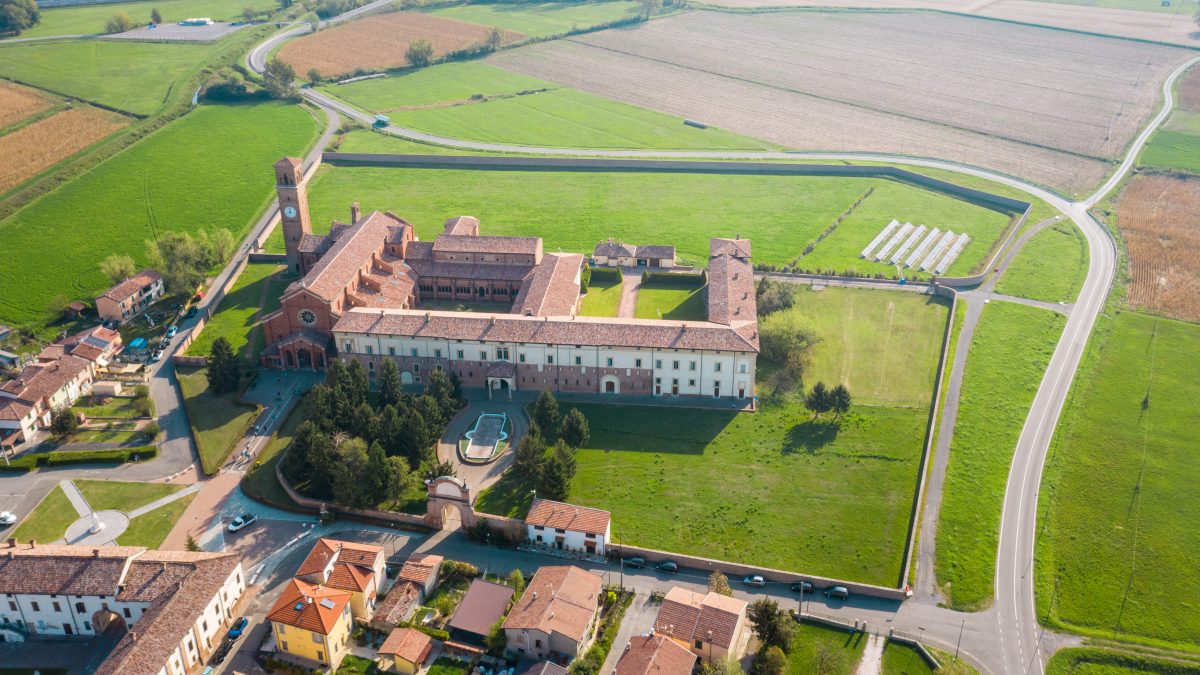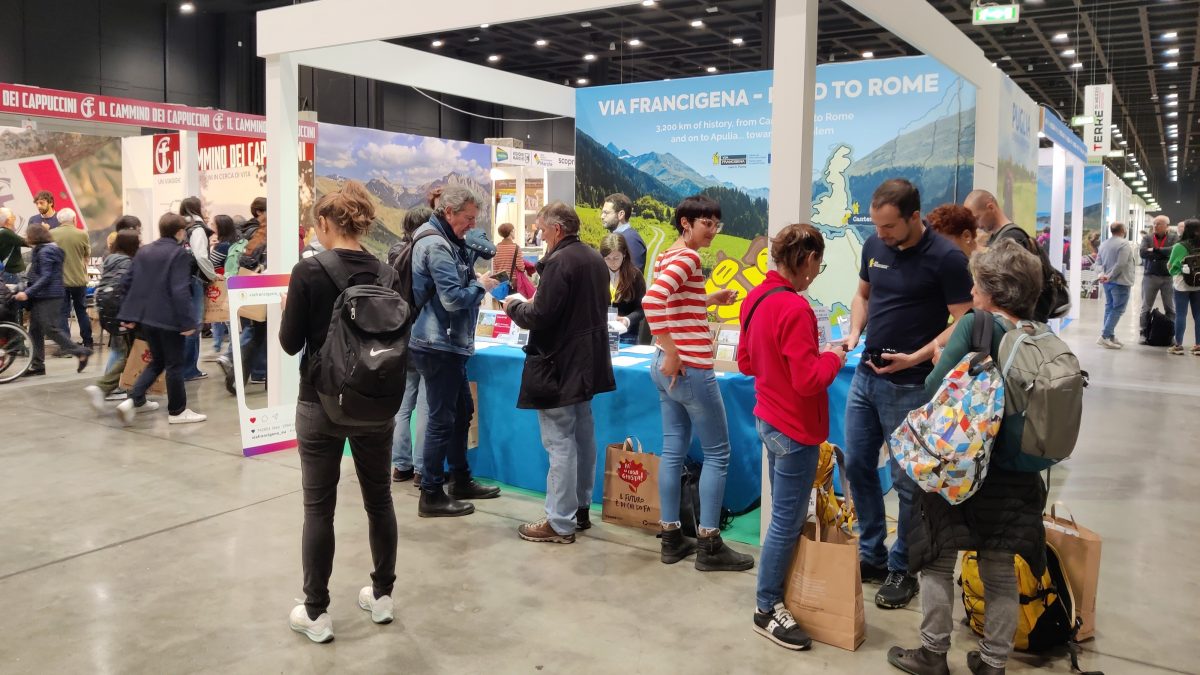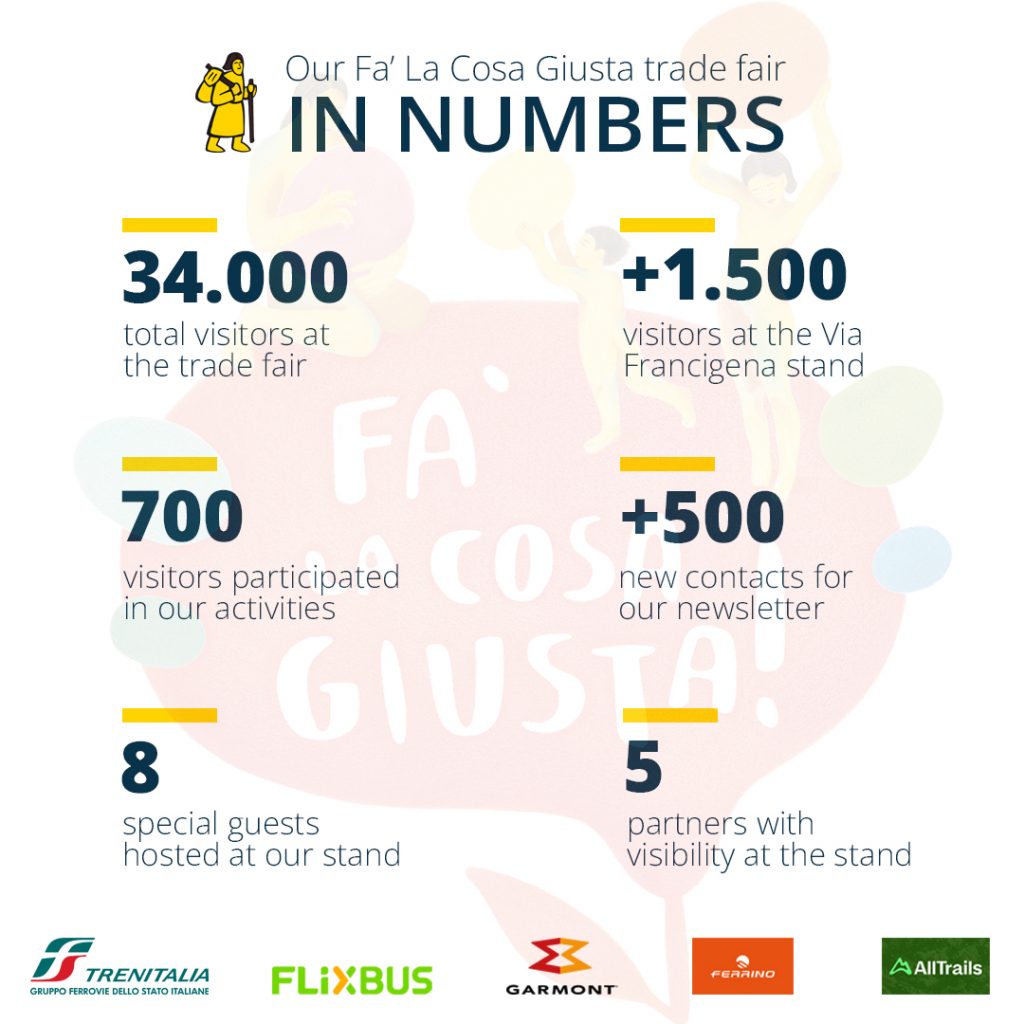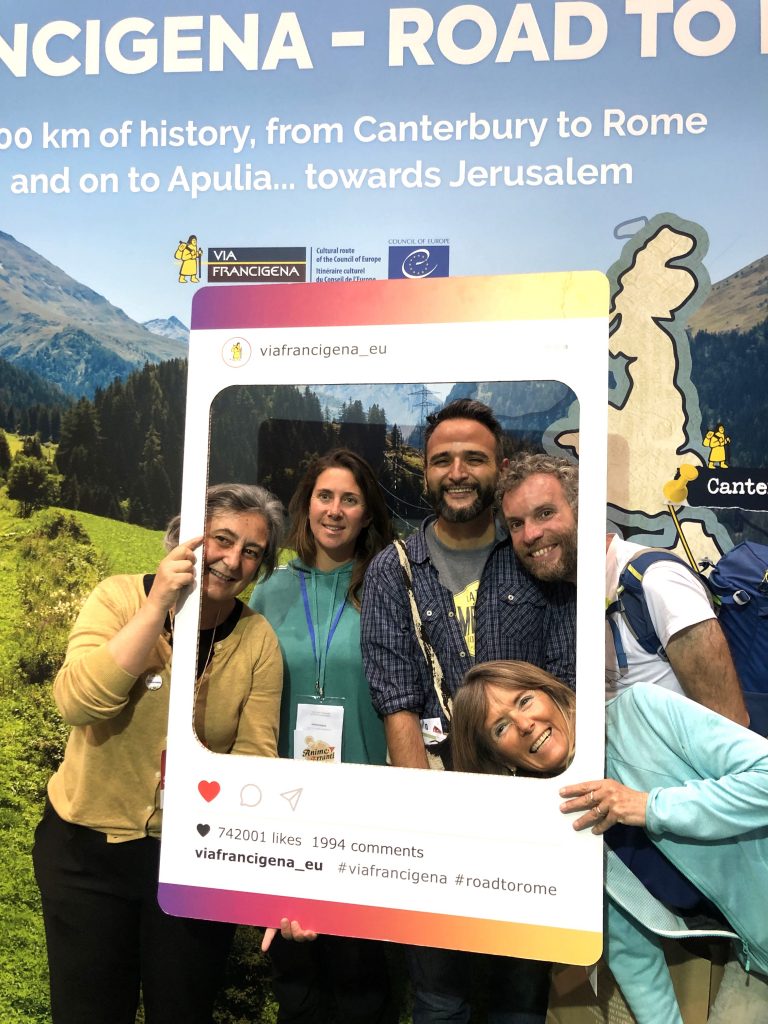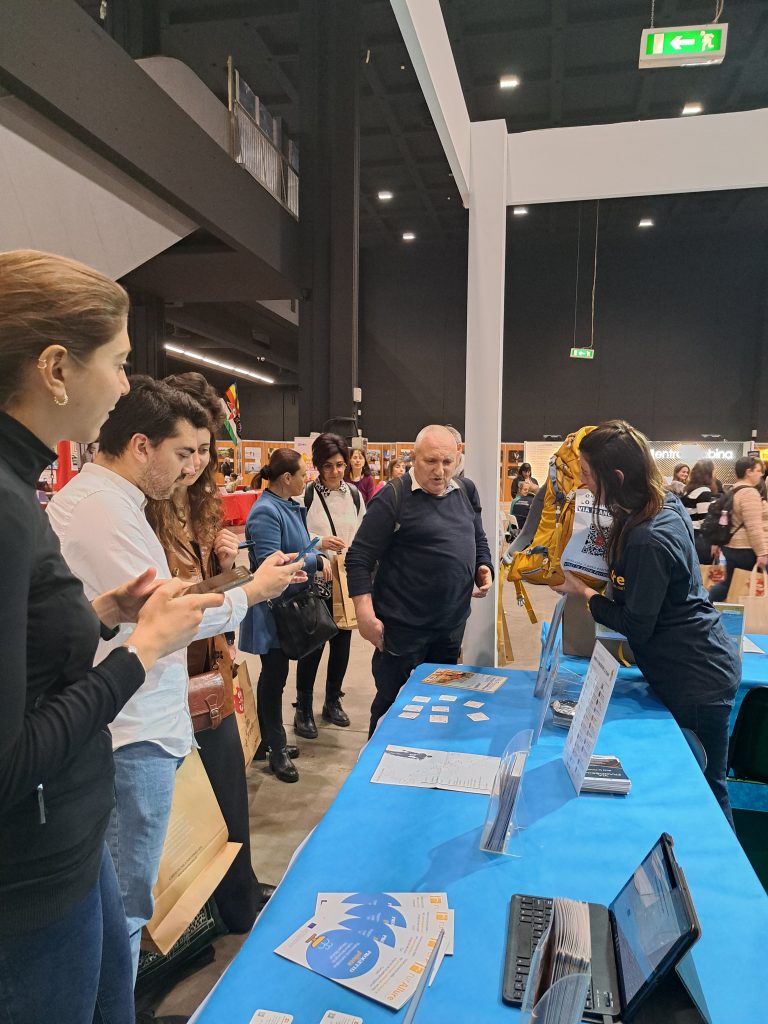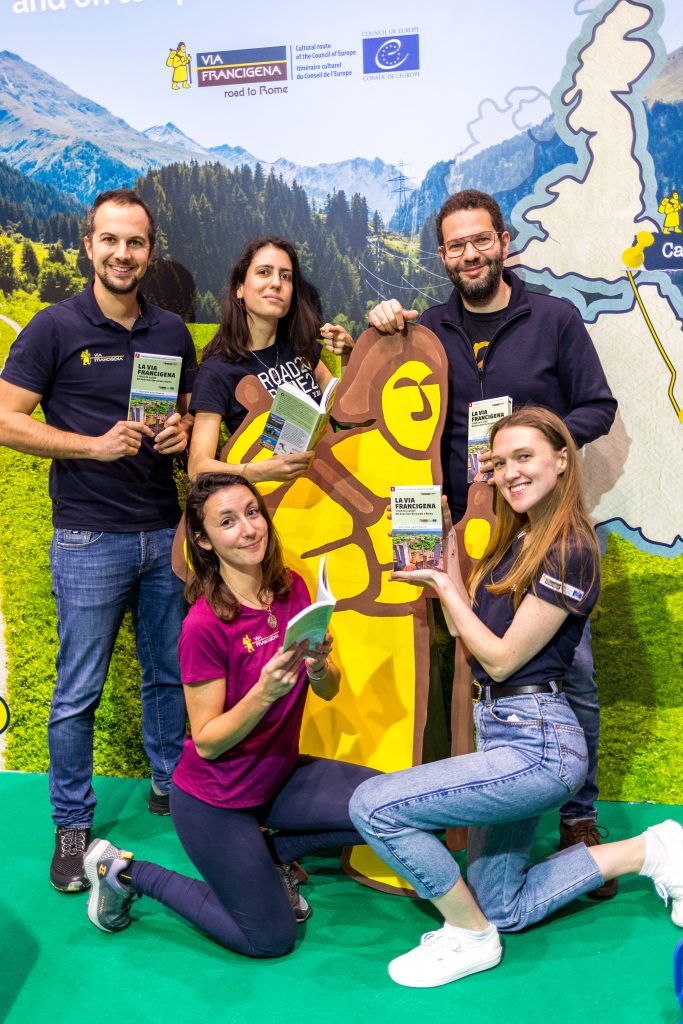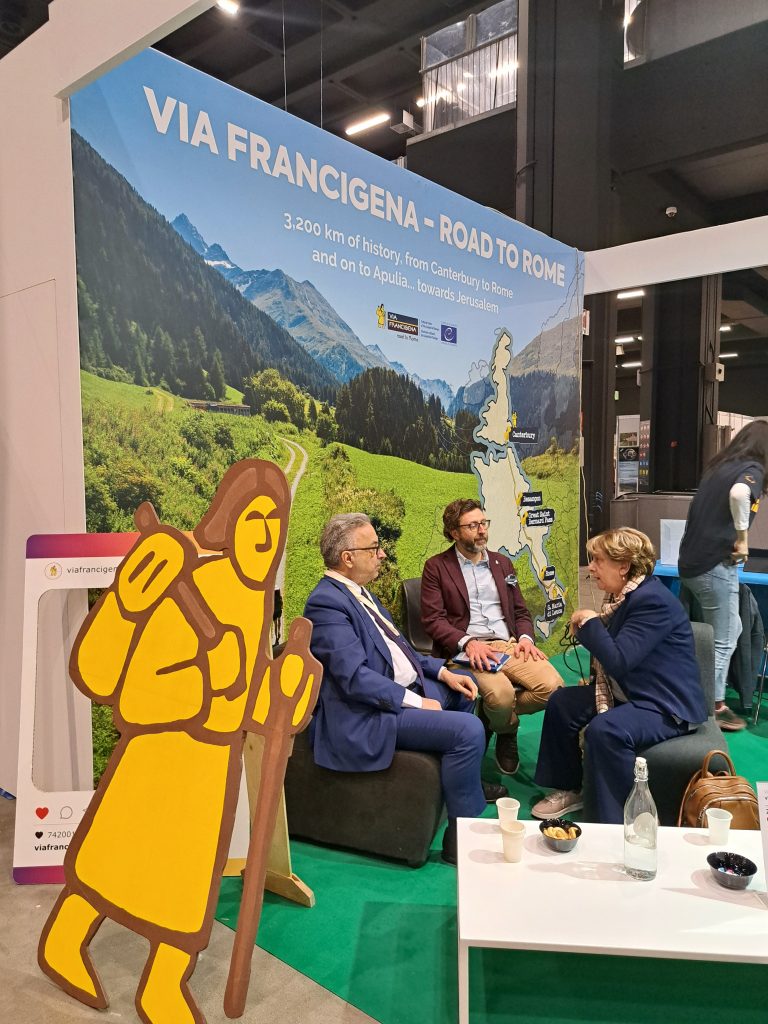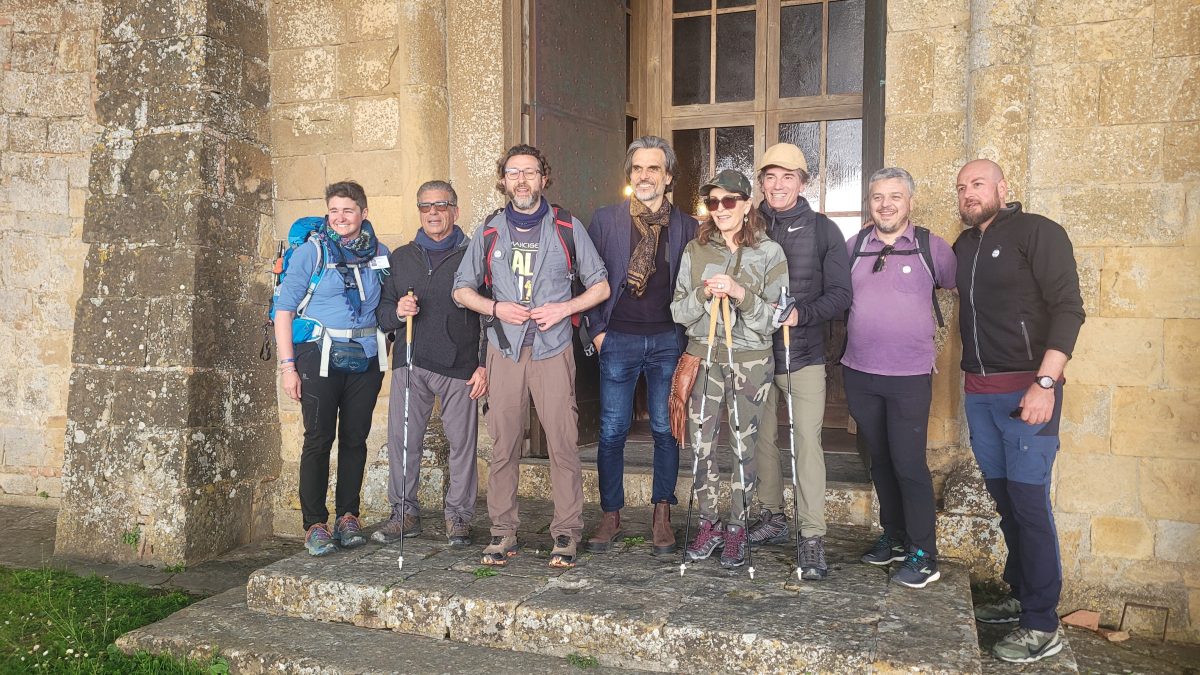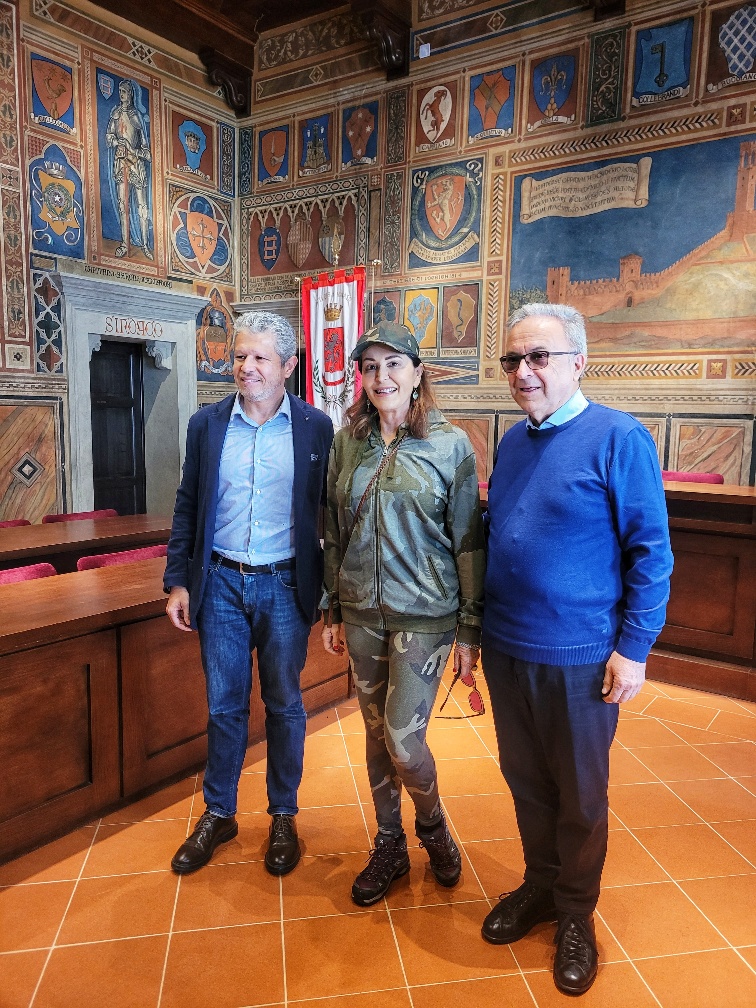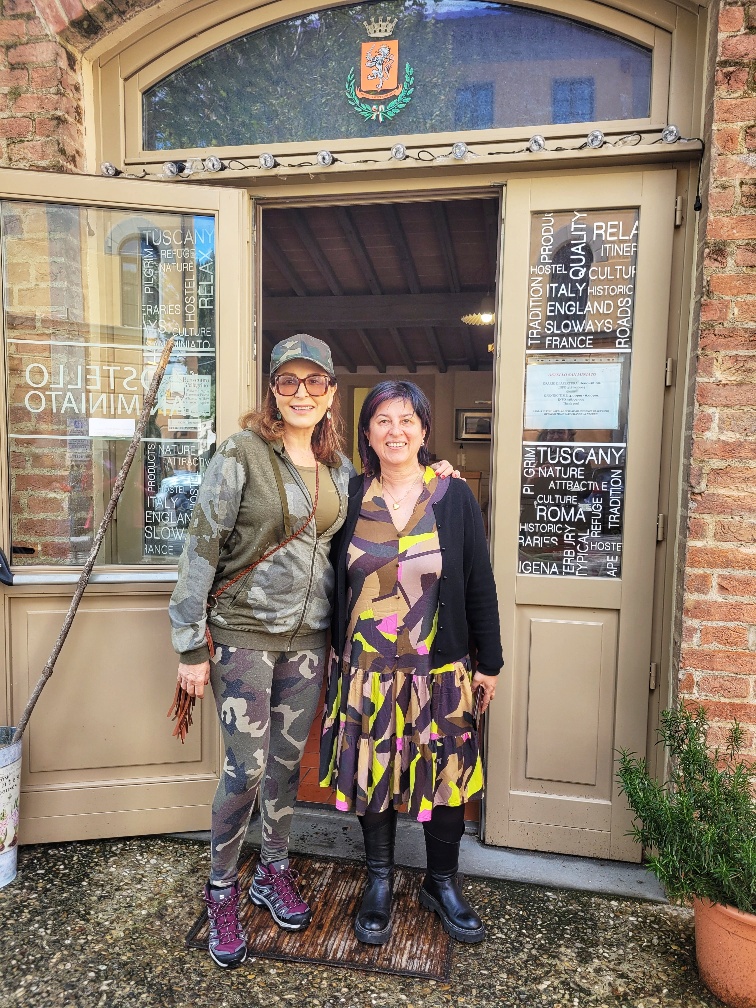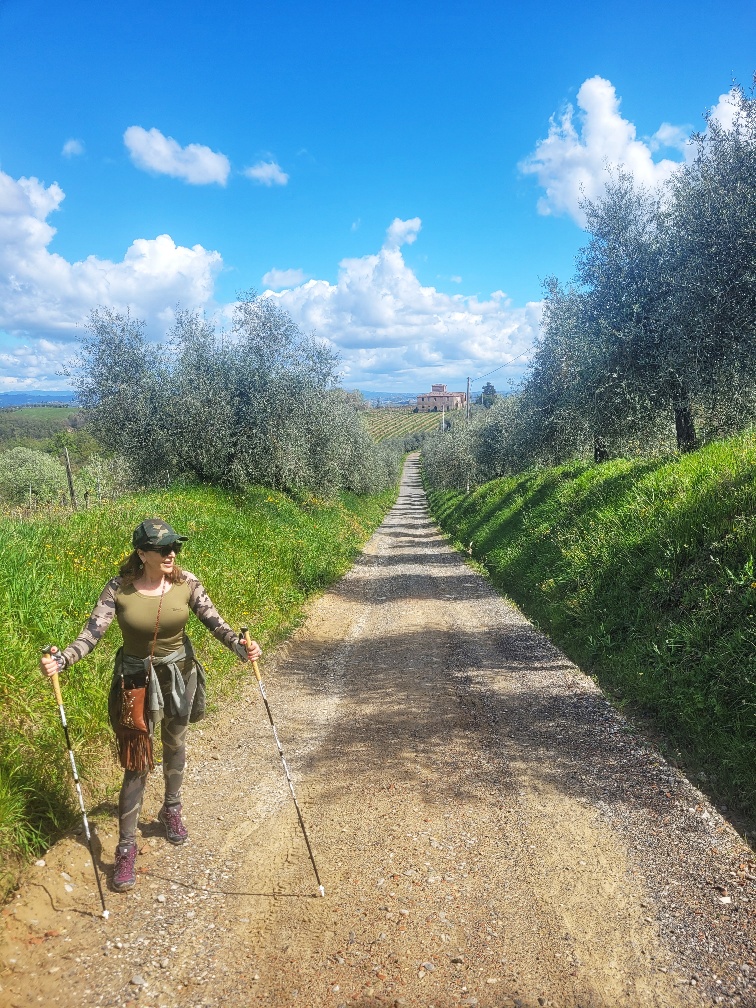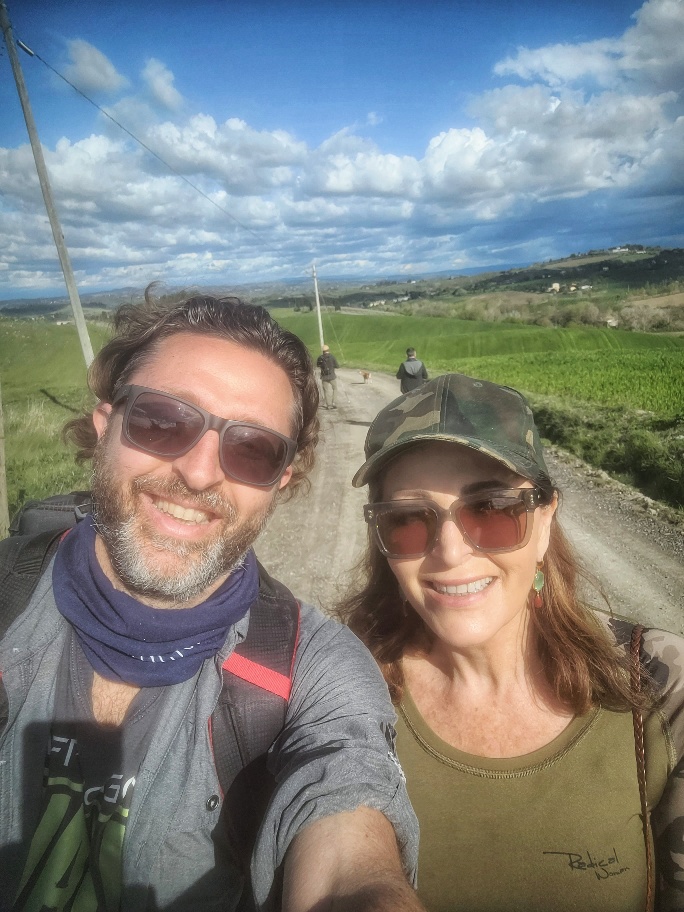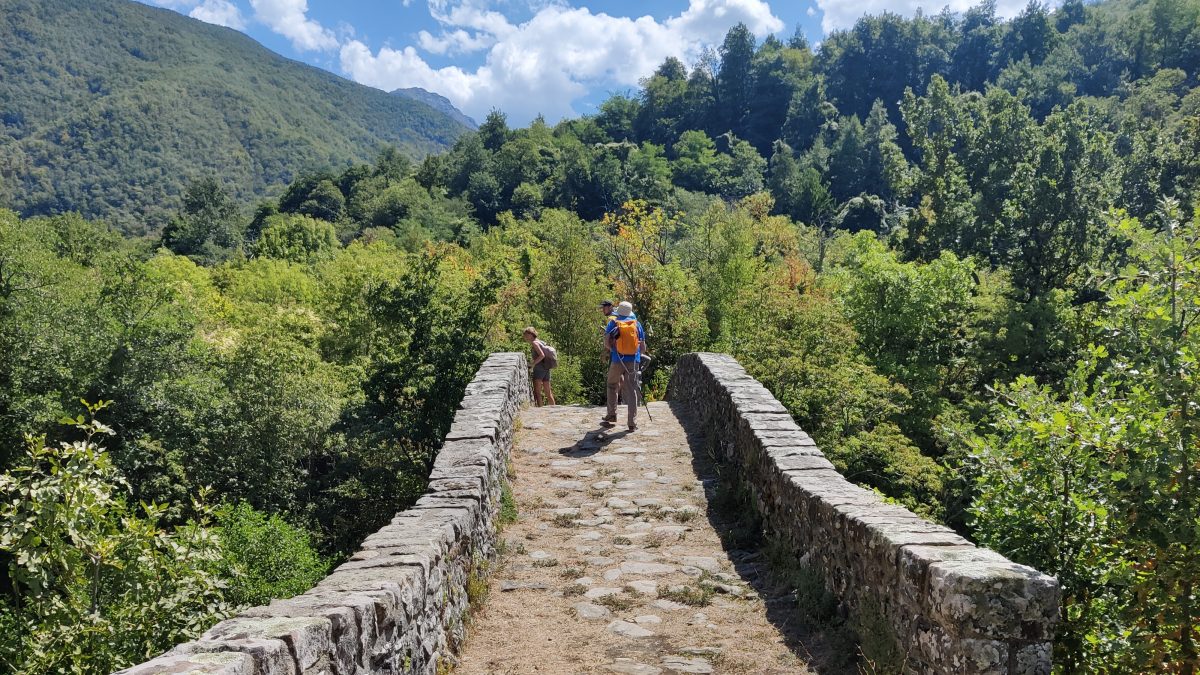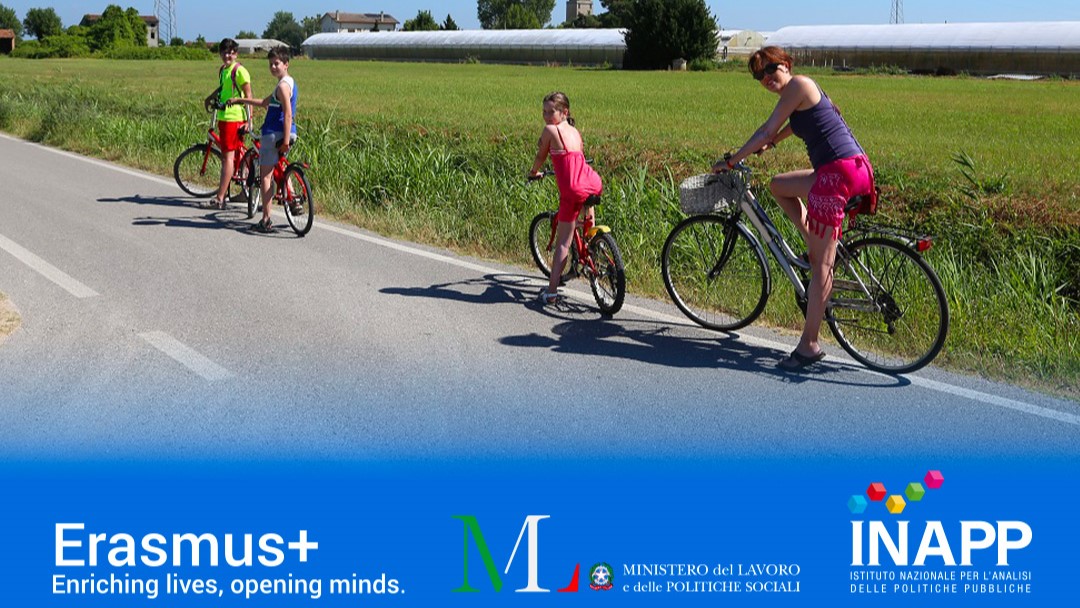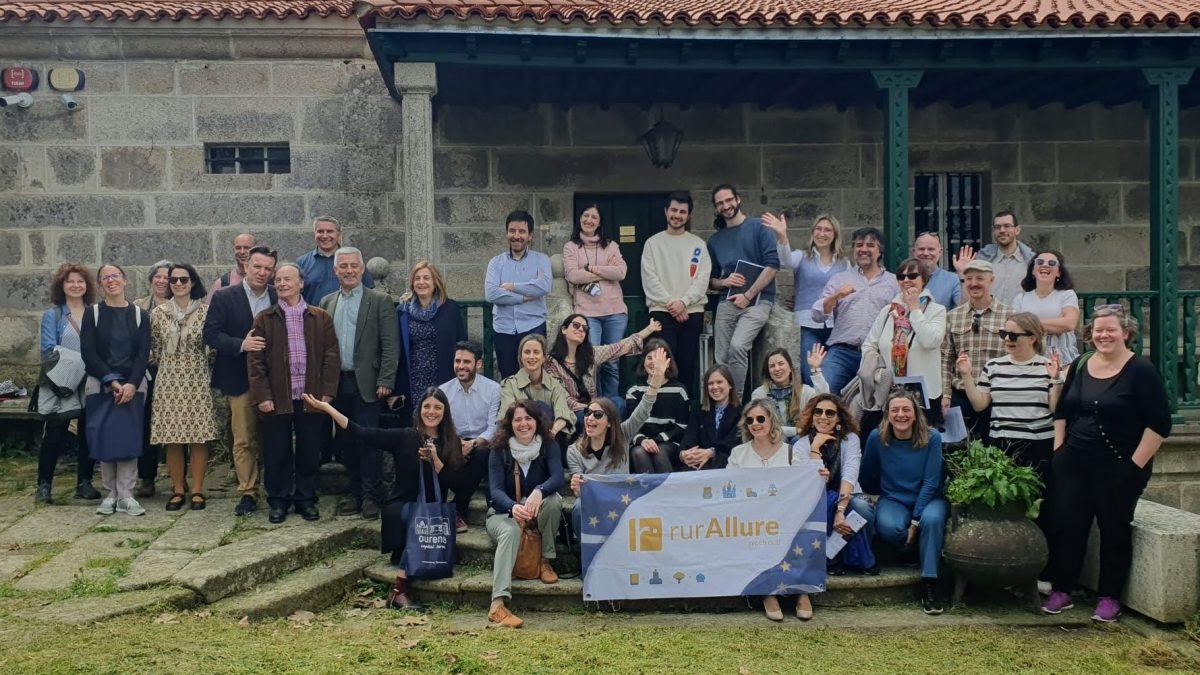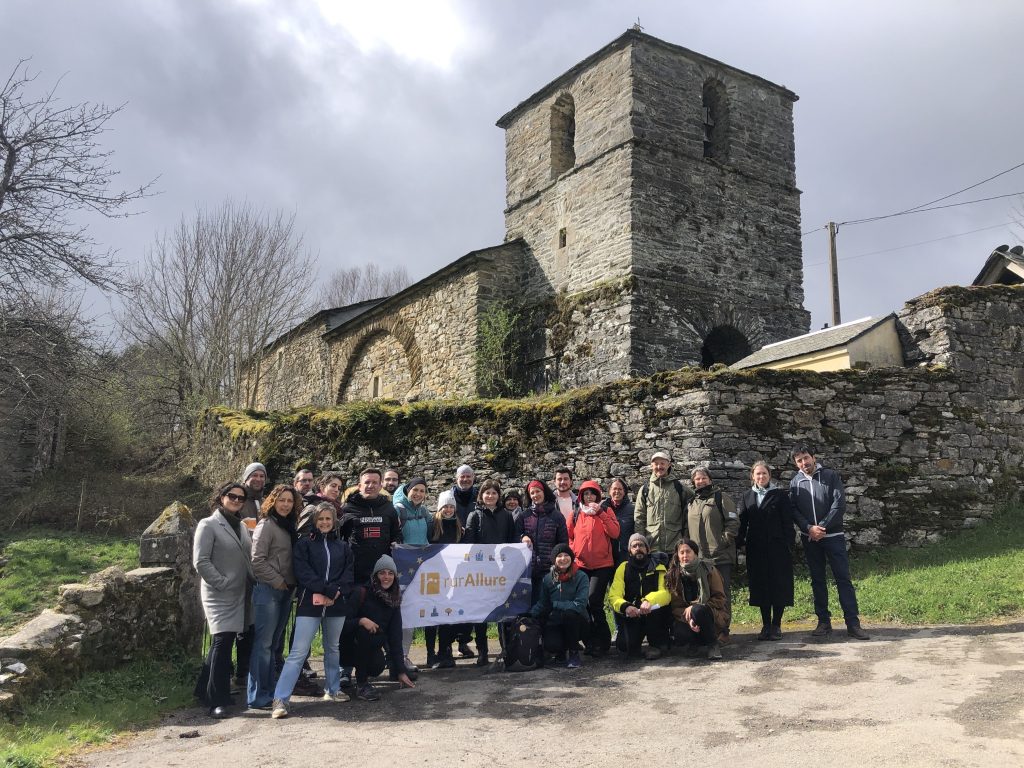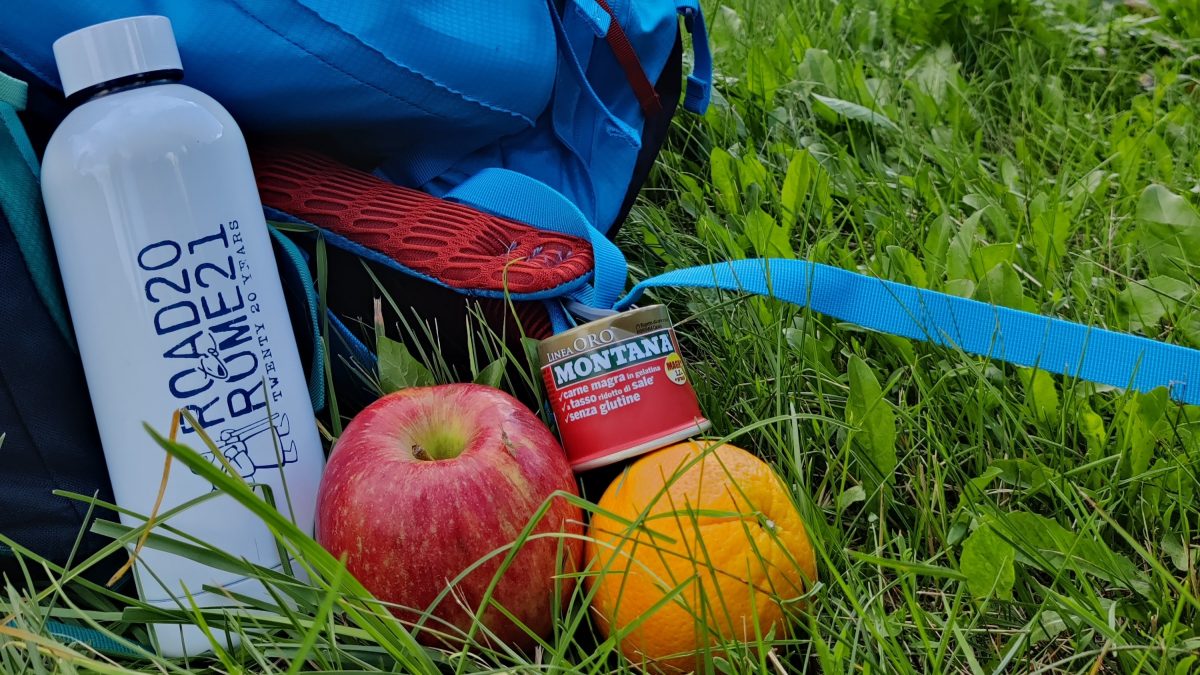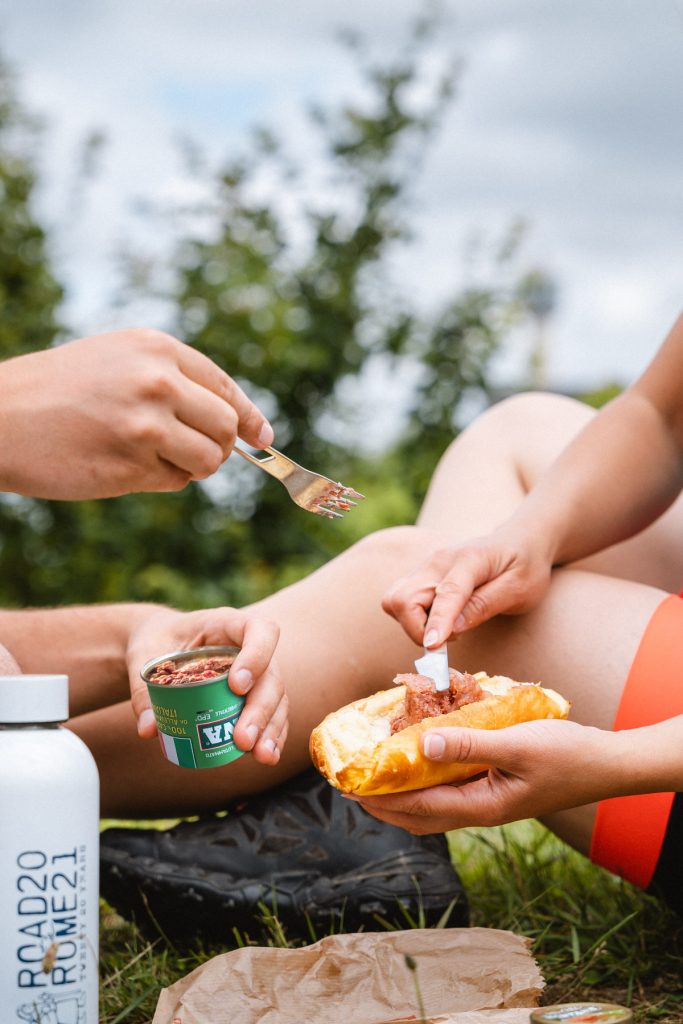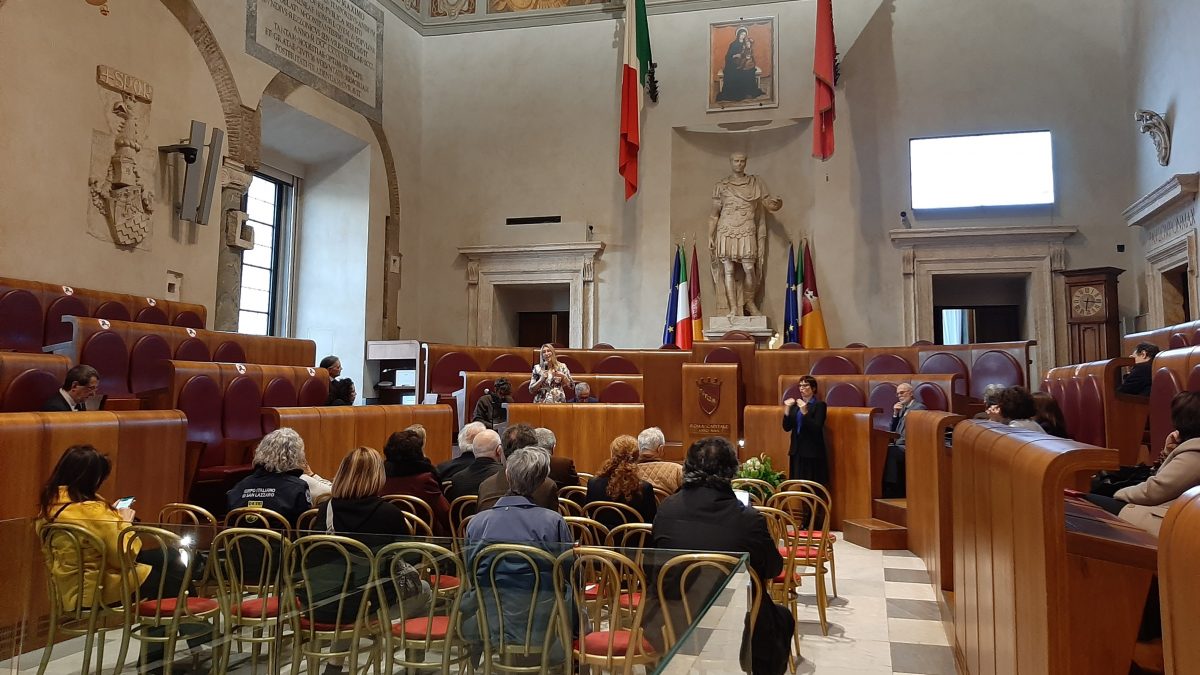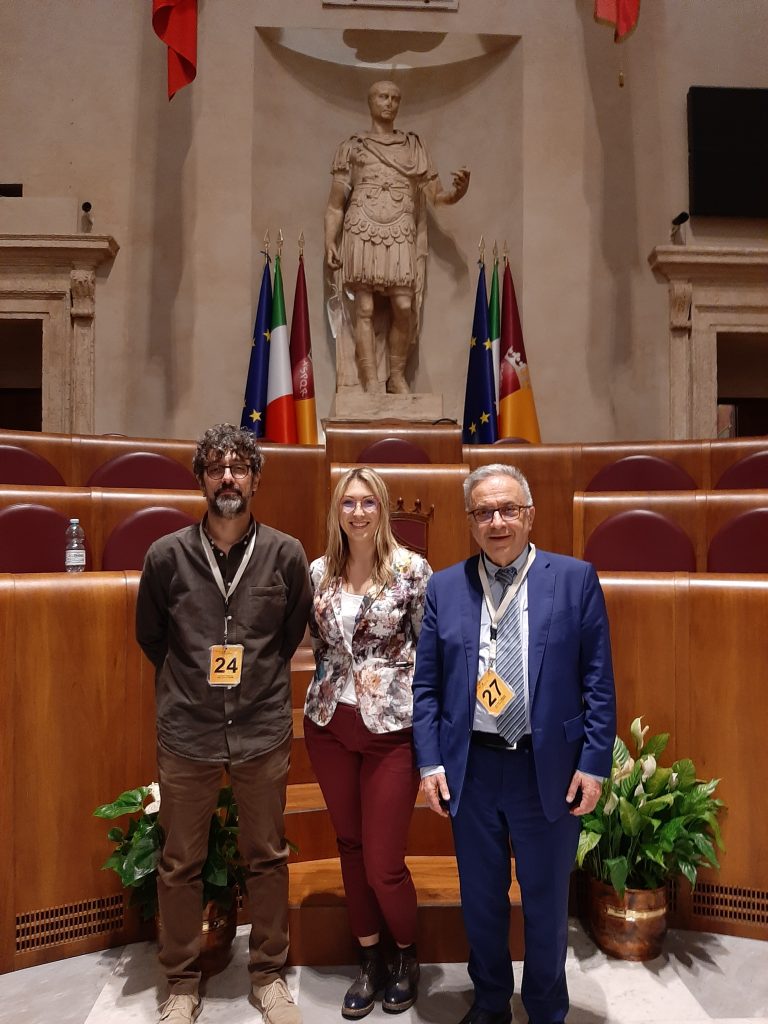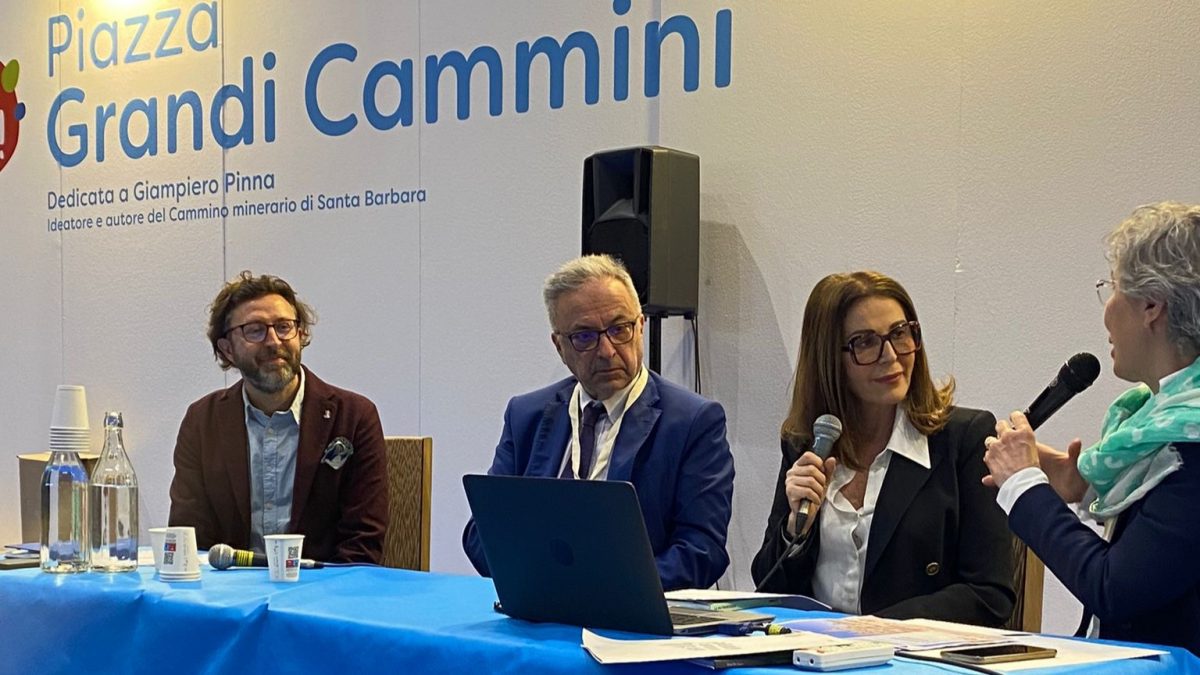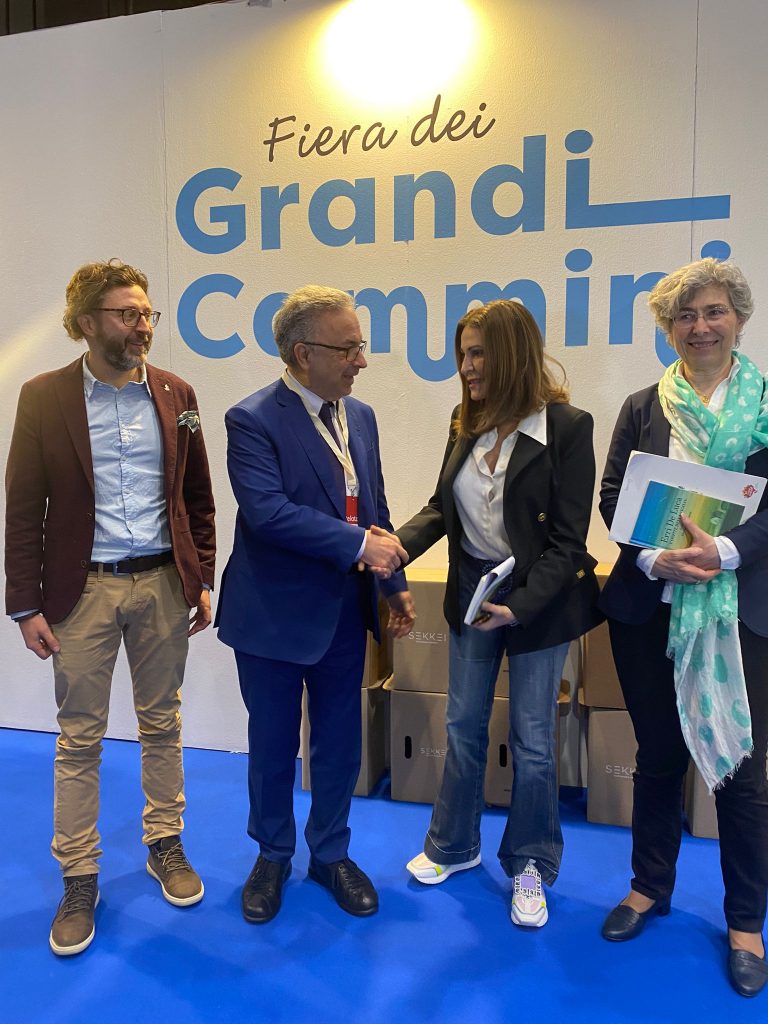The project ‘The Via Francigena in Piacenza’ has been presented, aiming at promoting the ancient route, supported by the Piacenza and Vigevano Foundation, in collaboration with the European Association of the Via Francigena ways (EAVF), the Diocese of Piacenza-Bobbio, municipalities and local associations.
The spotlight is shining on the city and territory of Piacenza thanks to the European cultural itinerary of the Via Francigena. It is precisely the city of Piacenza, a crossroads of pilgrims’ paths, that is at the centre of a fine tourist project that enhances the route.
Three “I Love Francigena” group hikes free of charge are planned, guided by the EAVF, in collaboration with the municipalities of Piacenza, Calendasco, Fiorenzuola d’Arda, Cadeo, the Diocese of Piacenza-Bobbio, the CoolTour cultural cooperative and the Fiorenzuola in Movimento Association.
Here are the three itineraries proposed in the province, open to all and with free participation:
- 20 May 2023: trekking on stage 17 (Piacenza-Fiorenzuola d’Arda) of the Via Francigena: from Roveleto di Cadeo to Fiorenzuola d’Arda (approx. 9.5 km);
- 21 May 2023: urban trekking in Piacenza along the route of stages 16 and 17 of the Via Francigena (6-8 km);
- 4 June 2023: trekking from Orio Litta to Calendasco on the route of stage 16 (Orio Litta-Piacenza).
Links to register for the 3 free events will be added to this article shortly. In the meantime, you can get more details on these and other initiatives by consulting the events calendar. “I Love Francigena” is a series of events that highlight the cultural itinerary of the Via Francigena and offers a unique opportunity to discover sections of the route through its cultural, natural and gastronomic heritage. These walks, which are free of charge, bring together travellers, pilgrims, enthusiasts, local associations and administrators to jointly promote the area.
The promotional project also includes the production and printing of the official map of the Francigena to promote the territory of Piacenza. Produced in a bilingual version (Italian and English) and accompanied by images, the map will present the official route and provide an indication of the main services that can be found in the territory, descriptions of the stages (km, duration, altimetry, brief historical introduction), and useful information on local tourist offices.
The project also envisages support for the communication of activities within EAVF’s official channels, with the aim of increasingly internationalising the visibility of the Piacenza stages within the European context of the route.
“It is significant that so many different subjects are committing to promoting the Via Francigena,” commented Mario Magnelli, vice-president of the Piacenza and Vigevano Foundation. “Only through a systemic action, in which the Foundation firmly intends to play its part, can this significant experience of faith also lead to the rediscovery of the territory in its many dimensions, from the environmental to the cultural one, extending to food and wine. In order to take full advantage of this opportunity and strengthen the role of local communities, it will also be necessary to deal with the issue of hospitality for the public along the itinerary and with that of offering initiatives that favour integration between pilgrims and residents“.
“A meeting that focuses on the importance of networking with the realities of the territory and for which the Municipality is ready to act as coordinator, collector, and promoter of initiatives, resources, and proposals for the awareness of the great cultural and tourist opportunity that the Via Francigena represents,” says Piacenza Municipality Councillor Christian Fiazza “the Via Francigena, which, we will never cease to repeat, is a natural promoter of territorial marketing“.
“The initiatives fully pursue the objectives of the Association: to make the Via Francigena known and populated,” illustrates EAVF’s President Massimo Tedeschi, “EAVF is the only body appointed by the Council of Europe for its enhancement. We applaud the Foundation, the Municipality of Piacenza and the Diocese of Piacenza-Bobbio for having initiated this valuable collaboration aimed at promoting the European itinerary in the Province“.
“The journey is nothing other than a metaphor for life. The pandemic made us rediscover how the journey was a fundamental requirement of life. In particular, slow travel has been rediscovered, the kind of travel that puts you in relation with the environment, the landscape, but above all with people, thus nourishing new relationships and cultural exchanges” explains Manuel Ferrari, Director of Worship Buildings of the Diocese of Piacenza-Bobbio, “The pilgrimage experience implies walking towards a destination, leaving behind the everyday routine, which sometimes traps us and prevents us from growing, opening up to new experiences. The Via Francigena is a European cultural route. Being on this route therefore means meeting people from cultures other than our own, getting in touch with other European countries and nurturing a citizenship rooted in one’s identity roots, but at the same time opening to be a citizen of Europe.”



